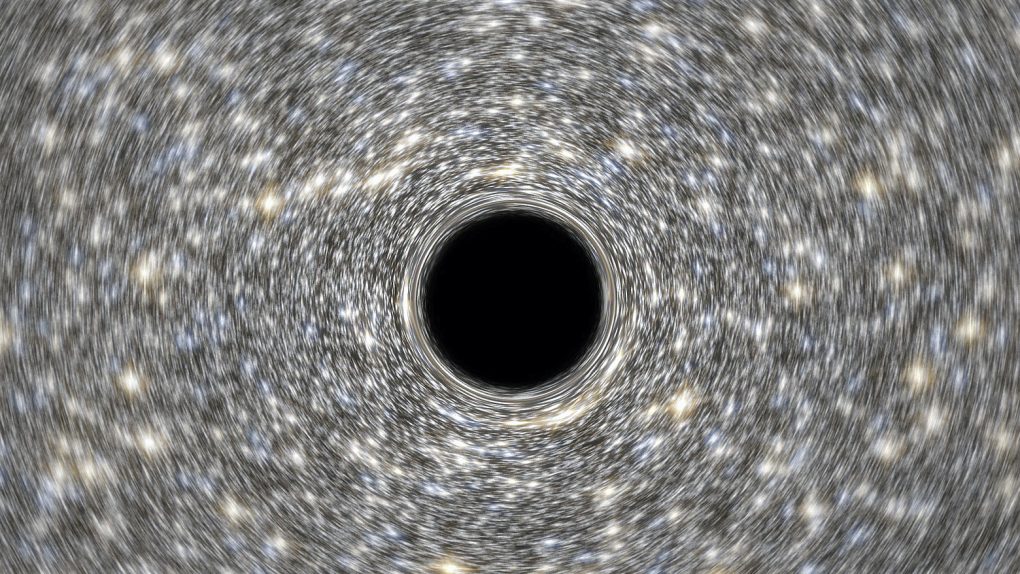- A huge star observed by astronomers appears to have vanished right before their eyes.
- The star, located in a nearby dwarf galaxy, is nowhere to be found just 8 years after it was last spotted.
- The star may have become a black hole without producing a supernova first, which would only be the second time such a thing has been observed.
Just like everything else in this universe, stars come and go. Of course, unlike life as we know it on Earth, stars tend to lead long lives of millions or even billions of years. When the big ones die, they go out with a bang, so to speak, so when astronomers decided to check in on what they believed was a large star in the Kinman dwarf galaxy nearly a decade after it was last studied, they were shocked to discover that it was gone.
In a new paper published in Monthly Notices of the Royal Astronomical Society, researchers describe what they saw when they tried to find the star — basically, it disappeared without a trace — and offer some very intriguing possibilities for what might have happened to it.
The Kinman dwarf galaxy is far enough away that it’s difficult to see what exactly is going on there. It’s small, which makes things difficult, to begin with, and images of the dwarf galaxy from Hubble reveal how difficult it is to pick out individual stars. Still, one object, in particular, appeared to stand out. It was believed to be a massive star in the latter stages of its life, it was last observed in 2011.
When researchers in 2019 decided to check in on the tiny galaxy they realized something was missing. The massive star that had been previously documented was just plain gone. The star had been particularly bright, which gave the scientists an idea as to what may have happened.
At the moment, there are two explanations that make sense, though one is a lot more interesting than the other. What seems to be the most likely scenario is that the star was undergoing an outburst at the time when it was previously observed. If it’s the type of star that researchers think it is (or was), it’s possible that it underwent a rapid shrinking as it shed mass but grew brighter in astronomers’ telescopes.
After that outburst, the star may have dimmed so much that it would have been hard to see. Combined with the possibility that dust is also obscuring our view of the star at this time, and you can easily see why we might not be able to spot it any longer.
The second, and far wilder theory, is that the star became a black hole without first becoming a supernova. When large stars die, they explode and then collapse in on themselves. This can result in a black hole, and we obviously wouldn’t be able to see it if that were the case. However, there’s no evidence that the star went supernova, and if it transitioned into a black hole and skipped that step it would be what scientists called a failed supernova. These are incredibly rare and have only been observed once in the past.
“This would be consistent with some of the current computer simulations that predict that some stars will not produce a bright supernova when they die,” Ph.D. student Andrew Allan, one of the authors of the study, told Gizmodo. “This happens when a massive black hole is formed, and it is not spinning very fast. However, a collapse to a black hole without producing a supernova has only been observed once in the past, in the galaxy of NGC 6946 where a smaller massive star seemed to disappear without a bright supernova explosion.”








